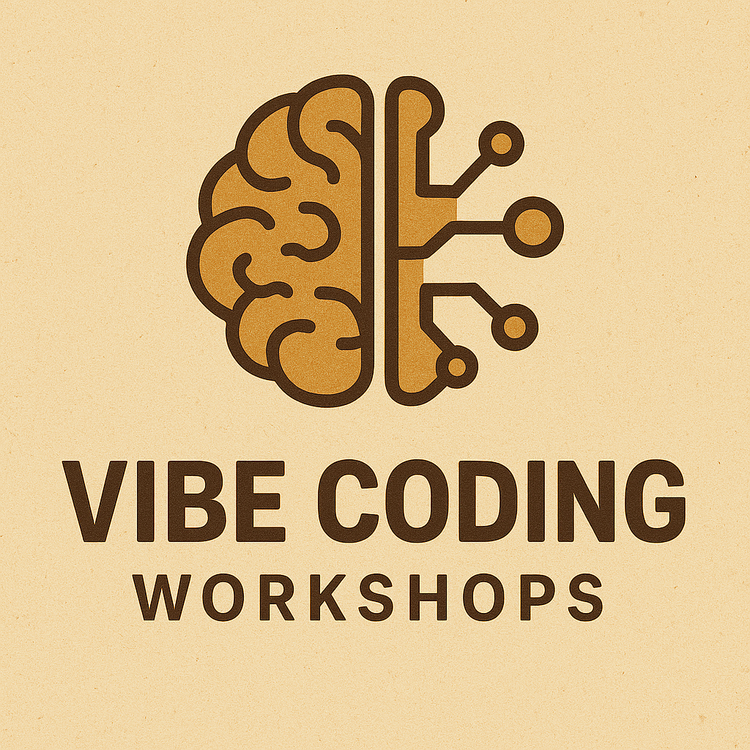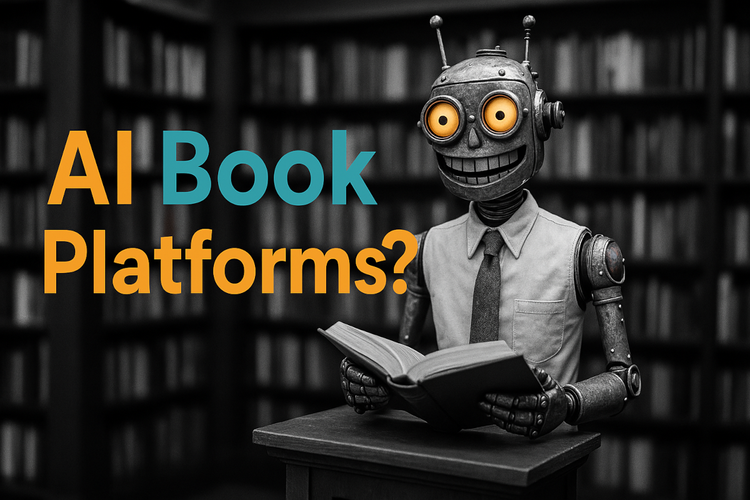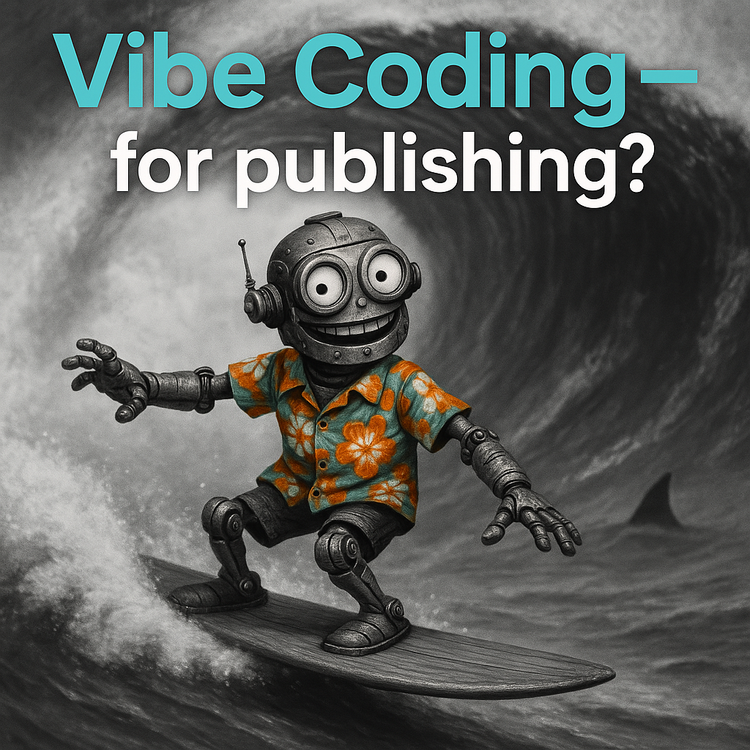AI and the Crisis of Academic Attribution: Examining Structural Flaws in Scholarly Evaluation

Recent discourse surrounding generative AI in scholarly publishing has fixated on questions of authorship, attribution, and integrity. Publishing institutions debate policies on AI disclosure, usage limitations, and verification methodologies. However, these discussions, while important, may obscure a more fundamental structural problem within academic evaluation systems.
Academic evaluation has traditionally relied on a dual-proxy framework to assess researchers: the quality of their research methodology and findings, and the quality of their written articulation of that research. Critically, the second element—manuscript quality—has long served as a surrogate indicator for the first. A well-constructed manuscript published in a prestigious journal has been interpreted as evidence of rigorous, valuable research. This system of evaluation has persisted despite its inherent limitations because alternatives were limited or impractical.
The Dissolution of Traditional Proxies
Generative AI has fundamentally altered this landscape. These technologies have made widely accessible the ability to produce linguistically sophisticated, well-structured academic manuscripts. With minimal guidance and raw data inputs, contemporary AI systems can generate submissions that satisfy formal requirements and stylistic conventions. This transformation is occurring regardless of institutional resistance, often without disclosure. The shift exposes a critical disjunction: our evaluation systems predominantly reward manuscript production rather than research quality. While the academic community ostensibly values scientific contribution, the metrics and mechanisms that determine career advancement primarily measure publication output and placement.
The proxy relationship between manuscript quality and research value has been severed. AI has not created this problem but rather revealed the fragility of a system that has conflated presentation with substance. This technological development merely accelerates a disconnection that has long existed in academic evaluation structures.
The conventional authorship model in academia operates under increasingly tenuous assumptions. The designation of "first author" supposedly indicates primary contribution to the research, but this correlation is frequently inaccurate. Credit allocation has always been problematic, with power dynamics, institutional politics, and disciplinary conventions often influencing attribution more than actual contribution. AI integration into the research process further complicates this already flawed system. When algorithmic systems contribute substantially to manuscript preparation, the traditional author hierarchy becomes increasingly arbitrary and disconnected from reality.
A more robust approach would shift emphasis from manuscript production to research contribution. This would require evaluating the quality and rigor of methodology, assessing the significance of findings and their interpretation, examining transparency in data availability, code, and protocols, and considering community endorsement and peer communication. These alternative evaluation mechanisms have existed for years but have been marginalized by entrenched institutional interests that benefit from the status quo.
Attempts to reform the system have met significant resistance. The case of eLife's move to decouple publication from traditional peer review illustrates how innovation can be penalized. The journal's citation metrics suffered following its methodological changes, demonstrating that power structures within academia actively preserve existing evaluation paradigms. This resistance is not merely procedural but relates directly to the distribution of power and resources within the academic ecosystem. Institutions that derive authority from evaluating manuscripts are naturally defensive when that role is threatened. The confrontation between emerging technologies and established validation mechanisms becomes a contest of institutional power rather than a neutral assessment of efficacy.
Navigating the Future of Academic Evaluation
Several developments appear inevitable as this tension continues to unfold. AI will become an increasingly normalized component of academic workflow, whether acknowledged or not. As manuscript generation becomes more automated, its value as a differentiating factor will diminish, creating pressure for new evaluation metrics. Novel approaches to recognizing varied contributions will emerge, potentially incorporating collaborative models that include non-human agents. Meaningful change will likely originate from researchers and emerging institutions rather than established power centers, as those with less investment in current systems have greater freedom to innovate. Alternative evaluation mechanisms that better reflect research quality and impact will gradually supplant traditional metrics, though this transition may be protracted and uneven across disciplines.
The fundamental disruption introduced by AI is not to authorship itself but to the system that has used authorship and publication as proxies for research quality. AI has exposed the artificial nature of this relationship rather than creating the problem. This revelation, while destabilizing in the short term, presents an opportunity to develop more authentic, transparent methods of evaluating scholarly contribution and advancing scientific knowledge. The academic community now faces a choice: to reinforce increasingly arbitrary boundaries around authorship, or to acknowledge the limitations of our current evaluation system and construct something more aligned with the actual practice and purpose of research. How institutions respond to this challenge will shape not just the mechanics of academic publishing but the fundamental nature of how we recognize and reward intellectual contribution in an era of technological augmentation.






Member discussion